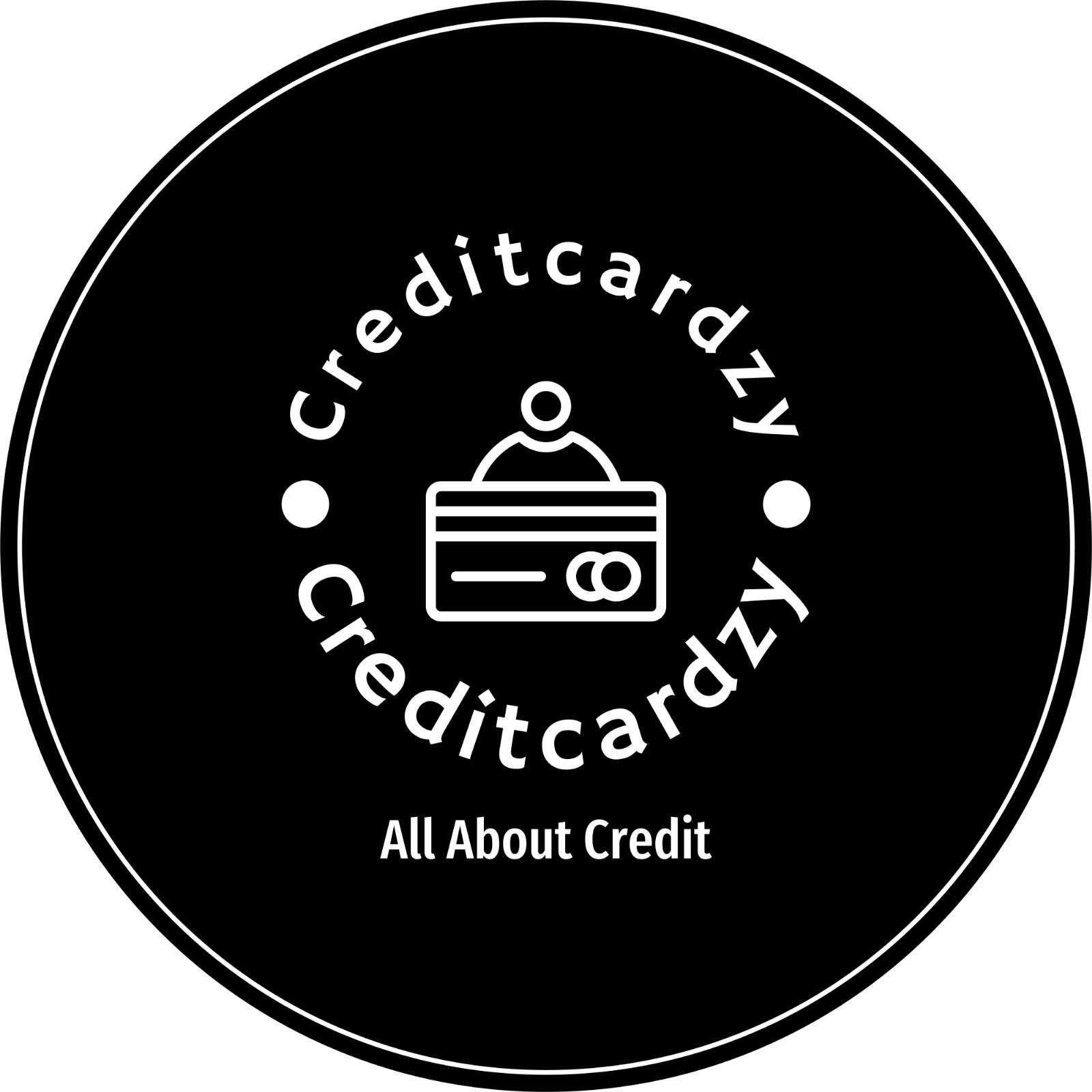How Debt Forgiveness Works
If you’re struggling to pay off credit card debt, you may be wondering what debt forgiveness is and how it works. After all, having your debts forgiven can sound like an excellent option if you’re buried in a mountain of high-interest debt. But while debt forgiveness may seem like the answer you’ve been looking for, it’s important to understand true credit card debt forgiveness is basically a myth.
Unlike other types of debt forgiveness, like student loan or mortgage deficiency forgiveness, credit card debt forgiveness comes with a lot of strings attached — and in most cases, it’s anything but a “get out of jail free” card. However, you may still find that you have options for some level of debt-obligation reduction by utilizing other channels, such as debt settlement, bankruptcy or credit counseling.
If you’re curious about what these options entail and what they could mean for your credit card debt or credit score, here’s what you should know.
What is debt forgiveness?
Debt forgiveness refers to a creditor or lender forgiving some or all of the debt that a person owes on an outstanding loan or credit account. Legitimate debt forgiveness programs are becoming less common these days, but consumers still have a few options available to them.
Types of debt forgiveness
Let’s look at two popular models of debt forgiveness to make it clearer how it works:
Bankruptcy
Bankruptcy results in the harshest hit to your credit and should be the last of your options when it comes to dealing with overwhelming debt, including credit card debt.
As a rule of thumb, the higher your credit score is going into a bankruptcy, the more points you lose. So, if you were at 760 before filing for bankruptcy, don’t be surprised if you experience a 200-point drop.
It is true that if you qualify for a Chapter 7 bankruptcy filing, any credit card debt you owe will be effectively wiped out, and you can get a fresh start, the “silver lining” of filing for bankruptcy. It’s important to note that not all of your debts can be erased, even in a Chapter 7 filing — taxes, child support and student loans are among the debts that won’t be expunged.
A Chapter 7 filing requires a means test to determine if you truly cannot afford to pay even a part of your bills. If you can’t pass this means test, you’re likely looking at a Chapter 13 filing.
If you go with a Chapter 13 filing, you’ll be required to make payments toward your debt, and although these payments will likely be reduced, they will eat up a significant portion of your income. Also note that debts discharged in bankruptcy — either Chapter 7 or Chapter 13 — are not subject to income tax because they are liquidated and not forgiven, so at least that’s one fewer worry.
While bankruptcy exists in this country for very good reasons, it could seriously damage your credit score, remaining on your credit report for up to 10 years. Think long and hard before you take the bankruptcy avenue to rid yourself of credit card debt.
Student loan debt
Those who have federal student loan debt may be able to qualify for a student loan forgiveness program. If someone’s federal student loans experience forgiveness, cancellation or discharge, that means they no longer need to repay the remaining balance. Student loan forgiveness can happen if someone experiences a total and permanent disability or if the school they took loans out to attend closes — among other scenarios.
Medical debt
Medical bills can get very expensive very quickly. Because of this, some hospitals have medical bill debt forgiveness programs, and nonprofit hospitals are legally required to have these programs.
To see if you qualify, you can call the hospital where you incurred the debt and ask how to qualify for the hospital’s “financial assistance policy” or “charity care.” Your income is typically taken into account when determining whether you qualify for this type of assistance. Even if the debt is not fully forgiven, you may be able to get your bill significantly lowered.
Tax debt
If someone can’t afford to pay their taxes and ends up with tax debt on their hands, they may be able to qualify for the IRS debt forgiveness program. The IRS offers a few different paths forward to make managing tax debt more doable.
Advantages and disadvantages of debt forgiveness
There are a few advantages and disadvantages associated with debt forgiveness worth keeping in mind before pursuing this path:
Advantages
You’ll have less — or zero — debt to pay.
You won’t damage your credit score (unless you pursue bankruptcy).
Lenders won’t send your debt to collection.
Disadvantages
Forgiven debt counts as taxable income and can lead to a large tax bill.
Sometimes only part of the debt is forgiven.
Shady debt settlement agencies prey on people overwhelmed by debt.
Alternative ways to manage debt
If debt forgiveness doesn’t seem like the right fit for your needs, there are a few other options that can make paying down debt easier, including:
Debt settlement
Debt settlement isn’t exactly debt forgiveness, but it can be more forgiving for your credit score and can make it easier to pay down large sums of debt. The idea of paying only a fraction of what you owe is certainly appealing if you’re struggling.
You should also enter into debt settlement cautiously, although the length of time it will impact your credit report is seven years, not 10. So, that’s a small plus, but the damage to your score will be substantial. Should a creditor decide to settle a debt for less than you owe, the balance forgiven will be charged off and your credit report will show a “debt settled” notation.
If you are successful in having some of your debt forgiven, be aware that any forgiveness flows from your creditor and not from the IRS, who will treat any forgiven amounts larger than $600 as taxable income.
Debt management plan
Nonprofit credit counseling is often the best choice when it comes to dealing with overwhelming credit card debt. These are the good guys who have established relationships with most major creditors and have already done the work of negotiating deals that will get you out of debt in five years or fewer. Credit counselors often recommended debt management plans to rid you of your credit card debt. This approach also offers invaluable credit education to help you avoid future problems (without the nasty side effects of bankruptcy).
Bottom line
Debt can be scary, but there are ways to move forward that can make debt more manageable. Even if you can’t get your debt fully forgiven, talk to your lender or creditor about your options. They may be able to settle your debt for a lower price or put you on a new repayment plan that works better for you.

